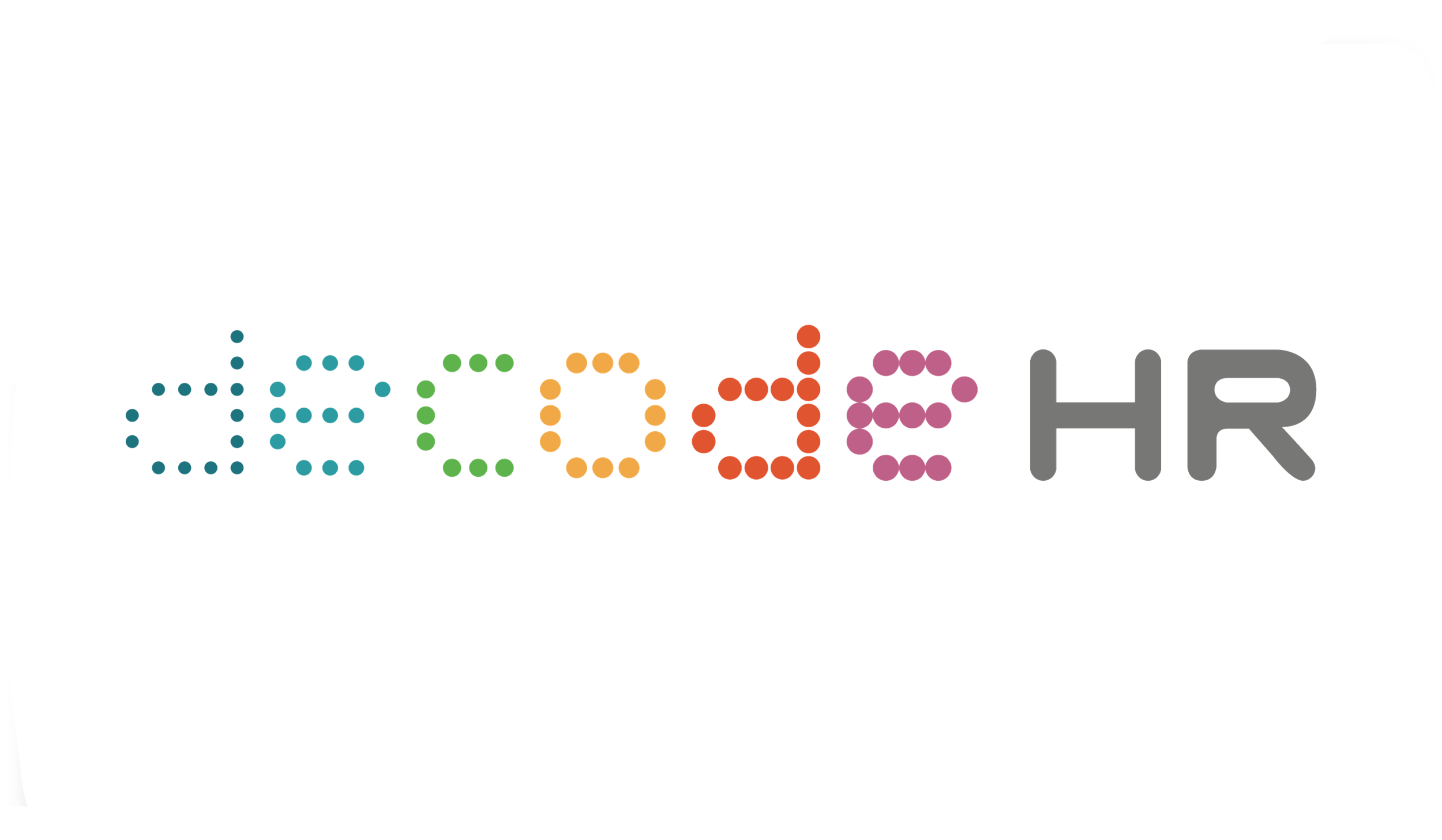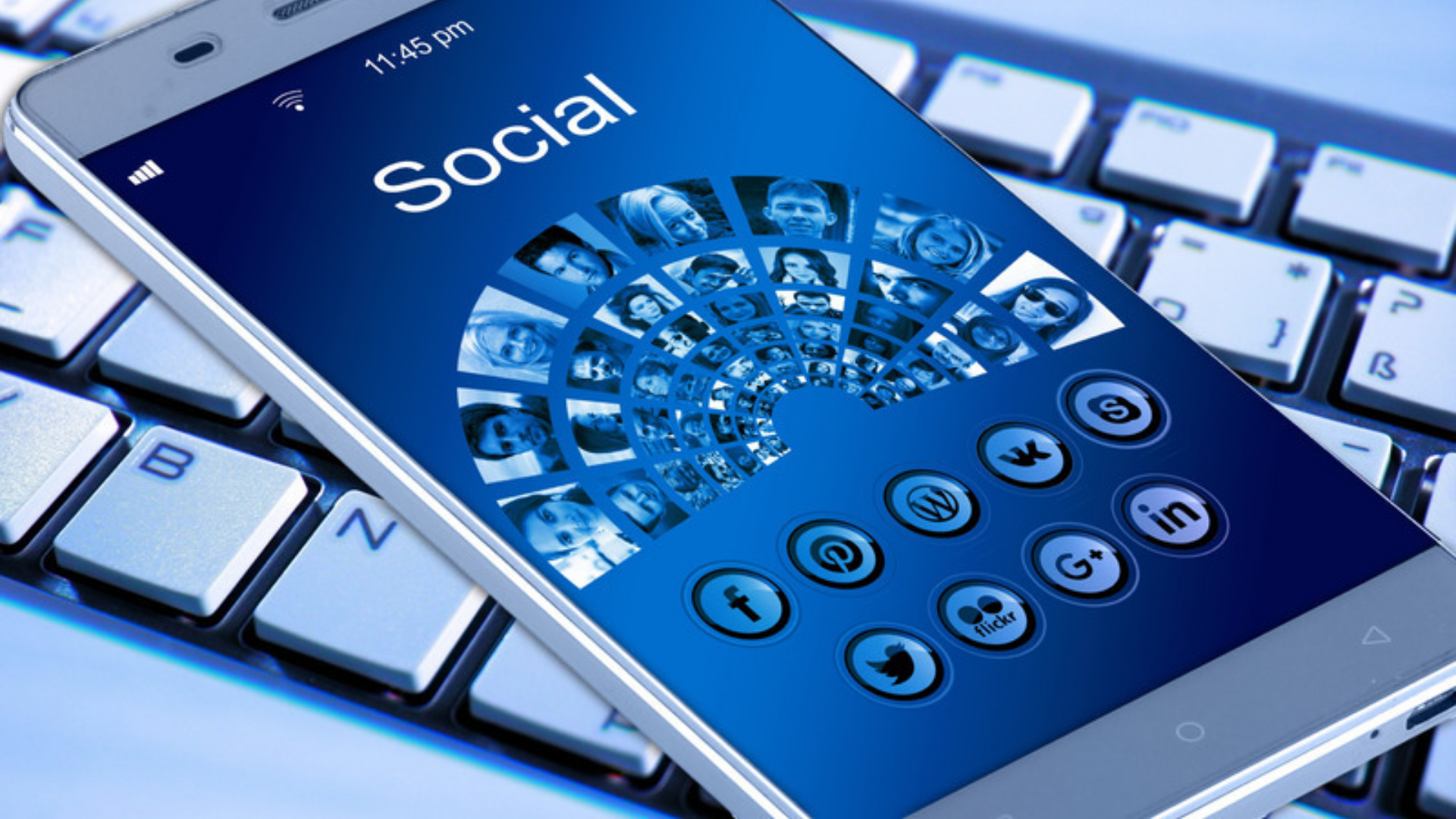Take Remote Working to the Next Level!
Reading time: 5 mins
The COVID-19 situation has emerged to be more than just a healthcare issue that the world is dealing with. With massive spread on a global scale, it has brought forth unique issues that affect the economy and global trade. Remote working was initially thought to be a boon for employee productivity, flexibility and morale. However, the mass adoption of the same has revealed the shortcomings of our current processes and adaptability to change.
In our previous article titled “Balancing Your Workers’ Physical and Mental Wellbeing”, we highlighted ways in which remote working can affect the mental wellbeing of employees, potentially leading to their disengagement. We also shared about ways in which both employees and managers can fare better in a work-from-home arrangement.
What more can we do?
In the current age of technology, collaboration tools can be an enabler in keeping one’s remote employees engaged. A successful remote working arrangement has the following key components:
Enhances physical & mental wellbeing of employees;
Supports effective monitoring without being stifling
Agile processes
How can technology be leveraged?
Communication is the key to physical and mental wellbeing. Human beings are social creatures who need in-person interaction to keep their mental and emotional frame in check. Remote working takes a hit on the facetime that employees get with their colleagues. Communication is of two kinds - Synchronous: when all team members need to participate in real-time and Asynchronous: when a real-time response is not required.
Video communication software like Go-to-meeting and Skype can be used for synchronous communication while emails & hangout messages work best for asynchronous messages.
Beekeeper is another communications tool with features like streams, chats and user directory. It helps connecting people across cultures, time zones, shift arrangements and brings the digital workplace to the non-desk workers.
For formal discussions, setting a clear agenda before each meeting as well as sharing relevant reference material beforehand is a must to facilitate a smooth session.
If attendees are in different time zones, using interactivity time slots, which suits everybody, is very useful. Spacetime is a tool which syncs easily with Outlook calendar, making scheduling across time zones smoother.
Managers must have regular check-in’s with their team members to ensure that they are engaged and motivated. For that, video communication tools can be used. Recognition for good work becomes challenging while managing a remote workforce. Appreciating good work and rewarding employees via video calls and encouraging emails helps in such cases. Meal and discount vouchers can also be used to reward employees for their efforts.
To compensate for informal coffee chats in office, teams can have virtual lunches and watercooler chat sessions. During those sessions, people can discuss non-work related matters, share memes, pictures of their homes and pets to keep each other engaged. Microsoft teams, & Skype for business are useful tools to realize this solution.
During the transition from offline to a digital workplace, employees tend to feel disconnected at times, thereby breeding uncertainty and anxiety. Transparency & empathy is the key in such trying times. Virtual communication methods must be used to help employees understand the reason for this change and assure them that the firm is there to support them in this journey. Such gestures from the senior management help manage employee sentiment and maintain their morale.
Self & Peer Monitoring
One of the challenges of working from home is that we are prone to losing track of time and succumb to distractions in the home. Self and peer monitoring tools can come to the aid, along with a dash of fun. Rescue time is an application that helps planning one’s daily goals and keeping track of one’s time. Coffee with work sync-up is another good way of ensuring that your peers are engaged and working well, more from the support rather than the policing perspective.
Work from home can lead to managers feeling like they are not able to manage team deliverables as well as not being able to supervise their team members adequately. They can consider using project management tools such as Trello and Monday.com to allocate work and track team deliverables better. This approach also solves the problem of employees who find it challenging to get their work noticed. These tools maintain a reliable digital record of work that was assigned to each employee and the completion status of the same, thereby facilitating both supervision and reporting.
Cloud storage is another required component of IT infrastructure. Cloud storage applications like Dropbox and Google Drive enable access to company data from remote settings, thereby facilitating a smooth transfer of work files.
Agile processes
Internal processes of a firm must also be adapted to the requirements of a remote workforce. Meeting cadence and development processes can be modified to suit the demands of flexible work options.
Managers must adopt the rule book to the unique requirements of a distributed team. Having once or twice-a-day quick team check-in meetings, splitting coaching and planning sessions can help maintain better focus. Remote work settings have their own challenges and require innovation in team protocol and supervision style. Organisational processes must be adapted to factor in the sensitivities of the distributed and relatively disconnected workforce.
Key takeaways
Efficient and seamless operations management is essential to take an organisation to optimal Engagement and Productivity KPIs. For optimised operations, we need to connect the distributed workforce. In terms of the communication pyramid, core business operations happen via communication in the middle and base layers.
Good operational communication links strategic alignment to real-world problem solving to deliver results and affects the way employees perceive the organisation, thereby increasing satisfaction and workforce retention.
One last note of caution – always exercise care and ensure your tools are secure. Don’t fall prey to cybercriminals. Do the due diligence to keep your employees and your organization safe.
Overall, it would be great if employees can deserve to have access to tools that they need to get their job done on time, in the best, safest and most enjoyable way.
[Article migrated from dcHR.tech]




